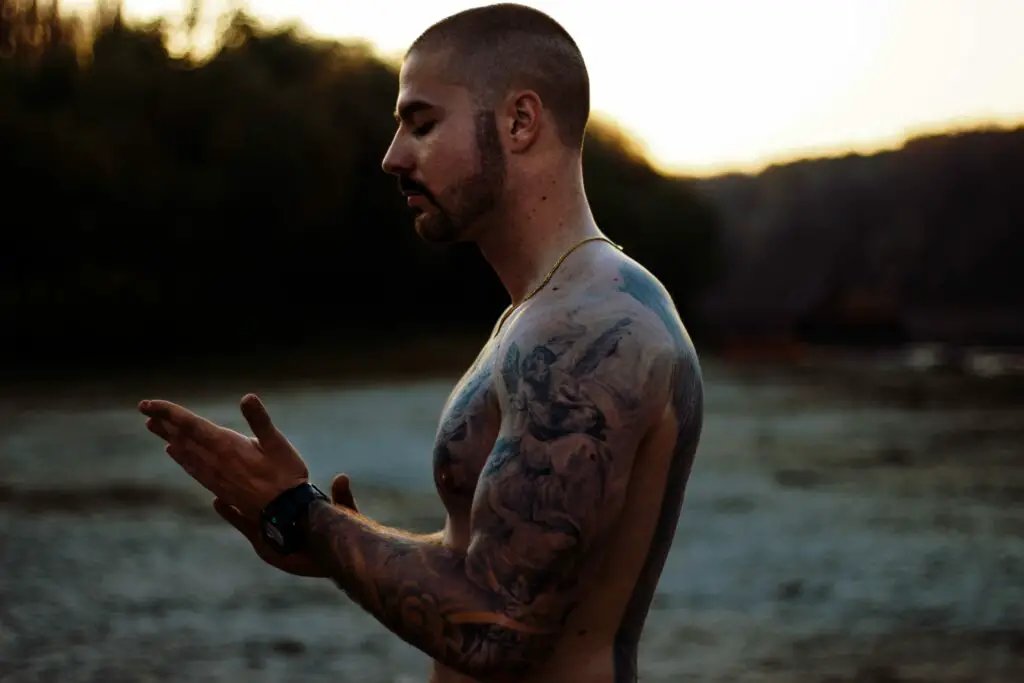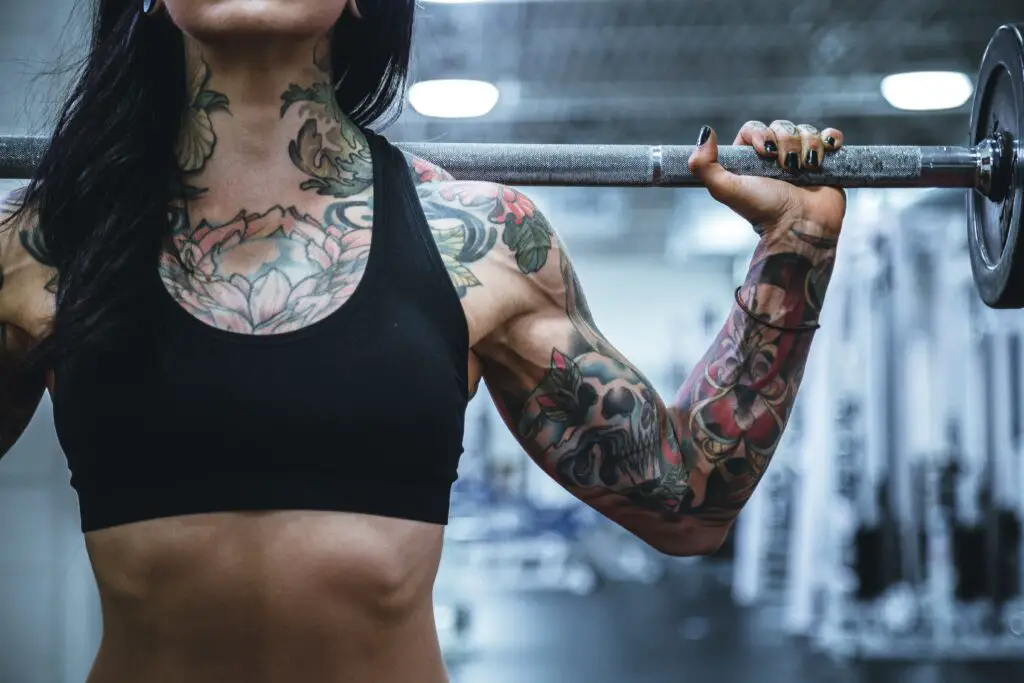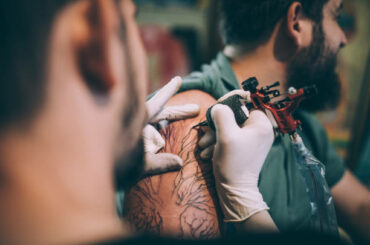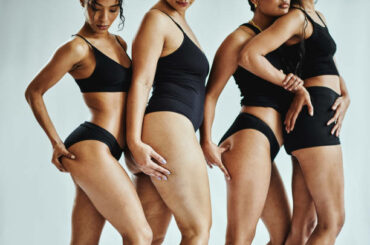Contents
Do Bicep Tattoos Hurt – Introduction

Getting a tattoo is a significant and often deeply personal decision. It’s a form of self-expression that allows individuals to carry meaningful symbols, memories, or art with them throughout their lives. Yet, one of the most common questions that loom over prospective tattoo recipients is the concern about pain. When it comes to bicep tattoos, there’s a mixture of myths, misconceptions, and reality that you should be aware of to make an informed decision. In this article, we’ll dive deeper into whether bicep tattoos hurt, what factors influence the pain level, and how to prepare for the experience.
The MOST PAINFUL AREAS to Get Tattooed ON THE ARM: https://m.youtube.com/watch?v=Gqma4oFMT54&pp=ygUVRG8gQmljZXAgVGF0dG9vcyBIdXJ0
Understanding Tattoo Pain:
Tattoo pain is indeed subjective, influenced by a variety of individual factors. Pain tolerance, mental state, and even anticipation can all impact how much discomfort a person might feel during the tattooing process. It’s crucial to recognize that while tattoos involve needles and ink, the level of pain experienced is typically manageable and temporary.
Bicep Tattoos: The Reality
The bicep is a favored canvas for tattoos, and it’s easy to see why. The bicep provides a relatively flat, well-muscled area, making it an ideal location for a wide range of tattoo designs. When it comes to pain, bicep tattoos are generally regarded as a more tolerable option.
Here’s why bicep tattoos are often seen as less painful:
1. Muscle Cushioning: The bicep muscle naturally acts as a cushion, softening the sensation of the tattoo needle. This inherent padding can contribute to a more comfortable experience compared to areas with less muscle and more prominent bones.
2. Skin Thickness: The skin covering the bicep is neither too thin nor too thick, striking a balance that can reduce the intensity of pain.
3. Minimal Nerve Endings: The bicep region has fewer nerve endings compared to some other parts of the body. Fewer nerve endings generally translate to less sensitivity to pain.
4. Controlled Movement: Unlike areas of the body prone to involuntary movements, such as the wrist or ankle, the bicep allows for better control of your arm’s positioning. This control reduces the likelihood of sudden jolts that can lead to discomfort.
Factors That Influence Pain:
While bicep tattoos tend to be less painful for many people, several factors can influence your individual pain experience:
1. Personal Pain Threshold: Pain tolerance varies significantly among individuals. Some have a higher threshold for discomfort, while others may be more sensitive to pain.
2. Design Complexity: The complexity and size of your chosen tattoo design can affect the duration of the tattooing process, which, in turn, can influence your perception of pain.
3. Tattoo Artist Skill: The skill and experience of your tattoo artist play a significant role. A seasoned artist can make the process smoother and more comfortable by employing proper techniques and adjusting the needle’s speed and depth.
4. Mental Preparedness: Your mental state plays a substantial role. Being well-rested, relaxed, and mentally prepared can help reduce anxiety and pain perception during the tattoo session.
Tips for Managing Tattoo Pain:
If you’re concerned about pain when getting a bicep tattoo, here are some tips to help manage potential discomfort:
1. Open Communication: Discuss your concerns and pain tolerance with your tattoo artist before the session. They can adjust their approach to make the experience as comfortable as possible for you.
2. Stay Hydrated and Eat: Dehydration and an empty stomach can increase discomfort. Ensure you’re well-hydrated and have had a meal before your tattoo appointment.
3. Numbing Creams: Some individuals find relief by using over-the-counter numbing creams or gels before their tattoo session. Consult with your artist and follow their recommendations.
4. Focused Breathing: Deep, controlled breathing techniques can help you relax and distract from the sensation of pain during the tattooing process.
5. Timing Matters: Schedule your tattoo appointment at a time when you’re well-rested and free from stress to minimize anxiety and discomfort.
Bicep tattoos are generally regarded as less painful for many individuals, thanks to the natural cushioning of the bicep muscle, the moderate thickness of the skin, and the lower density of nerve endings in the area. However, it’s essential to remember that tattoo pain is subjective and can vary widely from person to person. Factors such as your pain threshold, the complexity of your chosen design, and your mental readiness all contribute to your unique experience.
By maintaining open communication with your tattoo artist, staying well-hydrated and nourished, considering numbing options, and practicing relaxation techniques, you can manage potential discomfort effectively. Ultimately, getting a bicep tattoo should be a memorable and meaningful experience that allows you to express yourself confidently and proudly.

Conclusion
In conclusion, the decision to get a bicep tattoo is a personal one, and concerns about pain are entirely valid. While it’s important to acknowledge that tattoo pain is subjective and can vary greatly from person to person, bicep tattoos are generally considered to be among the less painful options. The natural cushioning of the bicep muscle, the moderate skin thickness, and the lower density of nerve endings in the area contribute to this perception.
However, your individual experience will be influenced by factors such as your pain tolerance, the complexity of the tattoo design, and your mental state during the session. Fortunately, there are several strategies and tips, including open communication with your tattoo artist, staying well-hydrated and nourished, considering numbing options, and practicing relaxation techniques, that can help you manage and minimize potential discomfort.
Ultimately, the pain associated with getting a bicep tattoo is typically manageable and temporary, while the satisfaction of carrying your chosen design with pride can last a lifetime. So, if you’re considering a bicep tattoo, rest assured that the journey is not just about the destination—it’s about the meaningful and unique expression of yourself that you’ll carry with you wherever you go. Embrace the experience, and may your bicep tattoo become a cherished symbol of your individuality and self-expression.
More Links:
What If I Hate My Tattoo? Incredible Facts About Tattoos 2023: https://shatattoos.com/what-if-i-hate-my-tattoo-incredible-facts-about-tattoos-2023/





